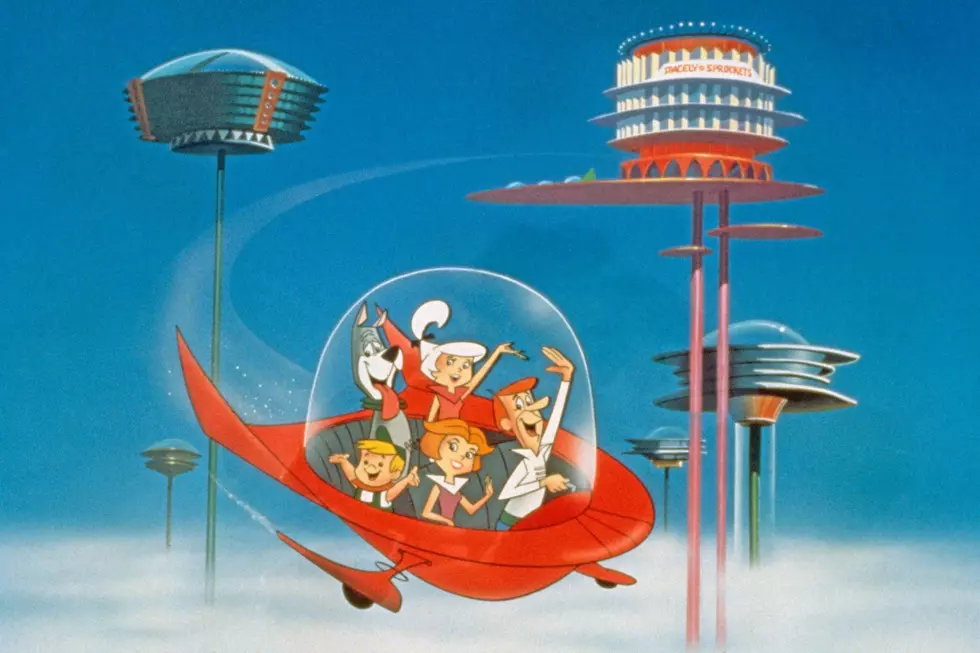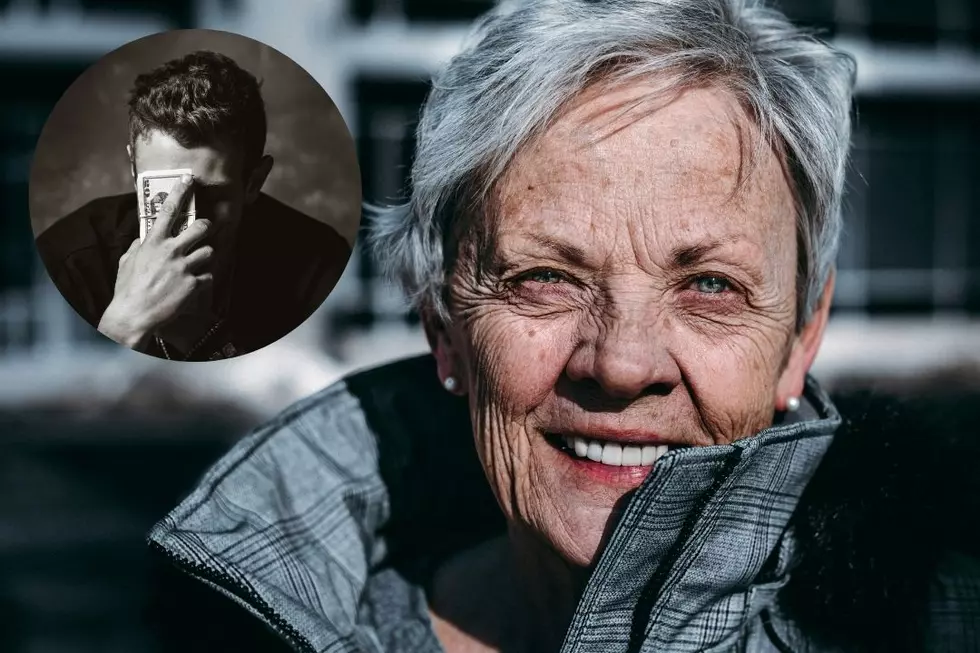
10 YA Books We Wish Were Required Reading
School's back, and so is English class. Whether you love your required reading or dread it, here's a list of young adult reads to match up with the often-celebrated classics of the classroom.
Everyone should have to read 'The Scarlet Letter' and 'The Catcher in the Rye' at least once in their lives, but can you imagine how much fun it would be if English classes celebrated YA culture a bit more? This list explores that "what if," comparing these contemporary YA books to their classic predecessors.
'Fair Coin' by E.C. Myers
Just as John Steinbeck's 'The Pearl' brings greed and darkness onto the island Kino and his family lived, so does the coin in Myers' 'Fair Coin' bring to sixteen-year-old Ephraim Scott's life. Though the pearl wasn't quite as fantastical and magical as the coin in this YA novel -- which grants wishes with a flip -- they both explore the same themes of desperation and greed.
'Fangirl' by Rainbow Rowell
A lot of people read Jane Austen in school, right? I had to read 'Emma,' but 'Northanger Abbey' is one of Austen's shorter works and seems perfect for an English class setting. 'Northanger Abbey,' which reads almost like a YA novel itself, follows 17-year-old Catherine -- a self-proclaimed heroine-in-training who is obsessed with gothic novels, particularly Ann Radcliffe's 'Mysteries of Udolpho' -- and the work is very much a "coming of age" novel. Rainbow Rowell's 'Fangirl' also follows the "coming of age" format, and the main character goes by the name Cath (the similarities are crazy, right?). Cath is an obsessed fangirl who goes off to college and runs into moments of conflict when her fangirl life and the life she is growing up to lead collide. The Catherine in 'Abbey' is teased for her novel reading (which was considered to be a low class activity at the time), just as Cath runs into fangirl-haters. Both ladies overcome and deal with their personal dilemmas.
'The Fault in Our Stars' by John Green
This list would not be complete without the star-crossed lovers of the 21st century. Hazel Grace and Augustus Waters in 'The Fault in Our Stars' are the Romeo and Juliet of today, minus the poison and feuding families, and plus life-threatening illnesses. Props to Hazel Grace for being slightly more hesitant in her adoration than Juliet, however, who immediately claimed to have everlasting love for her Montague bad boy. Both love stories have found a way to be immensely popular in mainstream culture, and feature teenagers in love and dealing with death. Once again, Hazel Grace shines in comparison to the overly-impulsive Juliet in that last aspect.
'King Dork' by Frank Portman
'King Dork' would work best as a precursor or a follow-up to an assignment of J.D. Salinger's 'The Catcher in the Rye.' It's the kind of YA read that inspires readers to pick up something slightly out of a YA realm. In this case, it inspires a read of Salinger's beloved classic featuring the angsty yet dreamed-about Holden Caulfield. 'King Dork' stars Tom Henderson, your average high school kid who unravels a crazy adventure upon finding his deceased father's old copy of the Salinger saga. Though the book does not have much in common with the classic itself, it is the kind of YA book that would help to prevent the alienation that is often felt when reading a novel from a vastly different time period. Though, if any required reading book needed de-alienation, it probably wouldn't be 'The Catcher in the Rye.'
'Great' by Sara Benincasa
Since Baz Luhrmann's film version of 'The Great Gatsby' (starring our Oscar-snubbed Leonardo DiCaprio), not too many teenagers seem to be complaining about having to read its rather short, party-filled Fitzgerald counterpart. Nevertheless, Benincasa's 'Great' is, well, a great adaption of the novel, bringing the story into the modern day East Hamptons and swapping out narrator Nick for Naomi, Jay for Jacinta, and Daisy for Delilah. That shouldn't make the book too hard to follow. If you loved 'Gatsby,' 'Great' is a suitable YA supplement.
'Feed' by M.T. Anderson
'Feed' is for the dystopian lovers out there. It takes equal parts from dystopian greats -- such as a bizarre vernacular similar to the language in Anthony Burgess' 'A Clockwork Orange,' and a disturbing alienating world much like Aldous Huxley's 'Brave New World.' The main characters of 'Feed,' Titus and Violet, also rebel against their media-crazed society, further aligning themselves with the aforementioned works. Plus, it's got a nice dosage of YA romance. What more could you want?
'The Hunger Games' by Suzanne Collins
Though this book has actually been banned from many school libraries, 'The Hunger Games,' as many have said already, is a modern YA spin on William Golding's 'The Lord of the Flies.' And really, when has banning a book ever worked? I'm looking at you, Harry Potter.
The comparison to Golding, however, only stands true during the actual Games, which only take up a portion of the series, with a much larger focus on the entire world and society that Katniss Everdeen dwells in. If anything, 'Hunger Games' gives even more than 'Lord of the Flies' can by sharing with the world the ideas of what children, or teenagers, will do when put in an isolated area, while also giving the overarching themes found in many dystopian novels in terms of government and society within the 'Hunger Games' world. 'Divergent' actually does an equally good job at this as well, but really only in the first book.
'The Absolutely True Diary of a Part-Time Indian' by Sherman Alexie
This book has already been so well-received since its 2007 release that it's already hitting some classrooms across the country. Which is a good thing, because this YA book covers all of the important themes talked about in your average English class, wrapping them in slightly new clothing as a YA novel. Race, poverty, education and tradition run rampant in 'The Absolutely True Diary of a Part-Time Indian,' plus it finds a way to teach the Native American culture that is often ignored in literature. So, no direct comparisons here -- it is just perfect for future required reading lists.
'The Truth About Alice' by Jennifer Mathieu
In 'The Truth About Alice,' Alice Franklin has been branded with not an A, but an S, for slut. Alice has similar struggles to Hester Prynne in Nathaniel Hawthorne's 'The Scarlet Letter,' minus a baby and plus the gossipy halls of a high school. 'The Truth About Alice' also brings in strong conversation about stereotypes, something that really wasn't present in 1642 Boston. However, the biggest difference is that the reader doesn't get Alice's account until the final chapter, just what four others have to say about her. One can only imagine if Arthur Dimmesdale and Roger Chillingworth were given POV's in 'Letter.'
'Conversion' by Katherine Howe
This very recent release manages to actually bring a not-so-loved required reading book into its plot: Arthur Miller's 'The Crucible.' His dramatized play about the Salem witch trials is a very common high school assignment, and not a general favorite among young readers. 'Conversion' brings the story to senior year at St. Joan's Academy, where Colleen Rowley's fellow classmates are dropping from a mysterious illness that includes tics, seizures, hair loss of the school's queen bee and violent coughing fits. Colleen, who's reading 'The Crucible' for extra credit, draws parallels between the girls in St. Joan's and the supposed witches of Salem. Then she realizes that their school in Danvers was once Salem itself. It's an interesting way to make an old play fresh.
More From PopCrush









